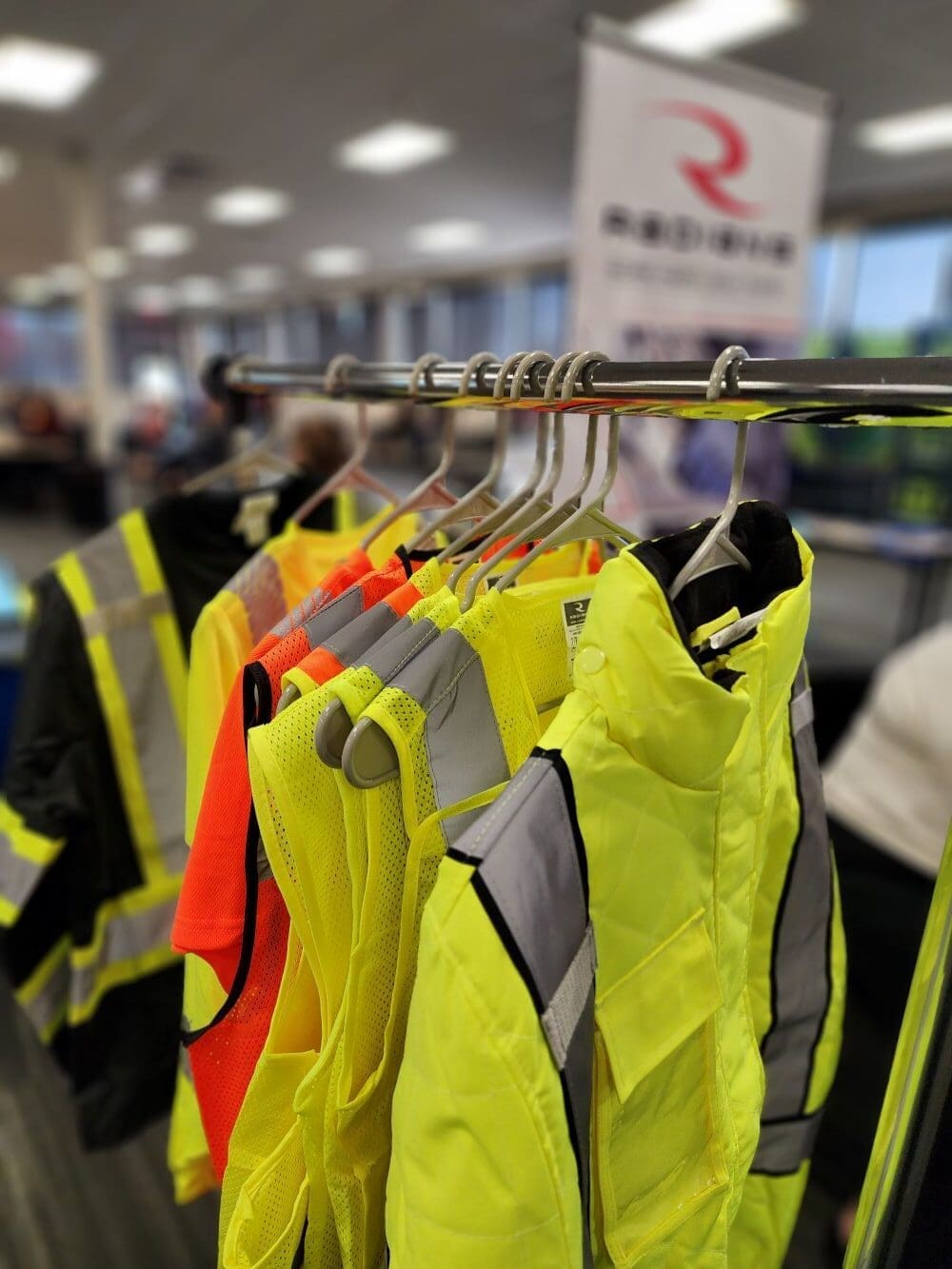As the founder of The Safety Rack, an organization dedicated to closing the PPE equity gap for women, OSHA’s recent revision to its personal protective equipment (PPE) standard for construction fills me with both optimism and resolve. This change, which requires employers to provide properly fitting PPE for all workers, is a victory for safety and inclusion in the workplace. Yet, as someone who has been immersed in this issue for years, I know this is just the beginning of the work we need to do.
workers, is a victory for safety and inclusion in the workplace. Yet, as someone who has been immersed in this issue for years, I know this is just the beginning of the work we need to do.
When I first started in the safety field, I would notice how often women were handed men’s PPE or “unisex” gear and told to “make it work.” This was the norm and no one questioned ill-fitting gloves, and bulky hi-viz vests which weren’t just inconvenient – they were dangerous. With the ill-fitting gear, also came the countless stories from women who experienced injuries or ridicule simply because the right safety gear wasn’t available to them.
 The new OSHA ruling is an important step in addressing this long-standing issue, but it also raises critical questions for employers: Are your PPE programs genuinely inclusive? Are you willing to go beyond compliance to ensure every worker feels safe, valued and supported?
The new OSHA ruling is an important step in addressing this long-standing issue, but it also raises critical questions for employers: Are your PPE programs genuinely inclusive? Are you willing to go beyond compliance to ensure every worker feels safe, valued and supported?
A Step in the Right Direction
For years, the construction industry has relied on a one-size-fits-all approach to PPE, leaving many workers – especially women – at risk. By mandating that PPE must properly fit, OSHA has made it clear that safety is not only non-negotiable, but proper fit is a fundamental part of protection.
This ruling aligns the construction industry with the general industry standard, recognizing that one-size-fits-all is not a solution when it comes to safety. It also acknowledges what women in the trades have known for decades: Ill-fitting PPE doesn’t just fail to protect; it creates new hazards.
As someone who advocates for women in traditionally male-populated industries, I see this change as a validation of the voices that have been calling for equity for years. However, there is still much work to be done to turn this rule into a meaningful shift in workplace culture.
Turning Compliance into Action
Compliance with this new standard is just the baseline. For employers, this is an opportunity to reexamine their PPE programs and lead the way in workplace safety and equity. Here are some ways employers can take action now:
1. Audit Your PPE Inventory
Review what you currently provide. Are all sizes and body types accounted for? Are your female employees adequately represented in the available options?
2. Listen to Your Employees
Actively seek feedback from workers about their PPE needs. Create safe, inclusive spaces where women can voice concerns without fear of judgment or dismissal.
3. Go Beyond Minimum Requirements
Partner with distributors and manufacturers who prioritize inclusivity. Seek out suppliers who specialize in PPE designed for women and other underrepresented groups.
4. Test and Adjust
Establish a trial program where employees can test PPE options before full implementation. Use their feedback to guide your purchasing decisions.
5. Train Your Team
Educate supervisors and procurement teams about the importance of fit and inclusivity. Ensure they understand how proper PPE supports safety, productivity and employee morale.
A Call to Distributors
Distributors have a crucial role to play in this movement. As partners to employers, they can proactively stock inclusive inventory, provide expert guidance on fitting, and advocate for more equitable practices in their supply chains. If you’re a distributor, ask yourself: Are you prepared to meet the growing demand for women’s PPE? If not, now is the time to align with this shift in the industry.
The Road Ahead
While OSHA’s new rule is a victory, we must remember that progress is not automatic—it requires effort, accountability, and a commitment to change. For me, this is personal. At The Safety Rack, our mission has always been to ensure that women in every industry have access to safety gear that truly protects them.
This new ruling is a powerful tool, but tools are only as effective as the hands that use them. Employers, distributors and manufacturers must work together to implement these changes in a way that transforms workplace culture.
 We have a responsibility to go beyond compliance. Properly fitting PPE is not just a legal requirement – it’s a matter of respect, safety and equity. As more women enter the trades and other industries where safety gear is critical, we must rise to meet their needs.
We have a responsibility to go beyond compliance. Properly fitting PPE is not just a legal requirement – it’s a matter of respect, safety and equity. As more women enter the trades and other industries where safety gear is critical, we must rise to meet their needs.
The work doesn’t end with this rule, but it’s a strong foundation to build on. Let’s seize this moment to create a future where every worker, regardless of size or gender, can feel safe, valued, and empowered. This is our chance to do better – for all of us.
Images courtesy of The Safety Rack.
Amy Roosa is the founder of The Safety Rack, an organization dedicated to closing the personal protective equipment (PPE) equity gap for women through education, research and advocacy. With over 20 years of experience as a safety professional across industries such as construction and general industry, Roosa has become a recognized leader in advancing safety standards and fostering inclusivity.
In addition to her work with The Safety Rack, Roosa cofounded the Midwest Women in Safety Conference, providing women in the safety profession with valuable educational and networking opportunities. She is also a sought-after speaker, sharing her expertise on topics ranging from training strategies to leadership. Roosa’s unwavering dedication to women’s safety and equity continues to inspire meaningful change in workplaces across the country.






